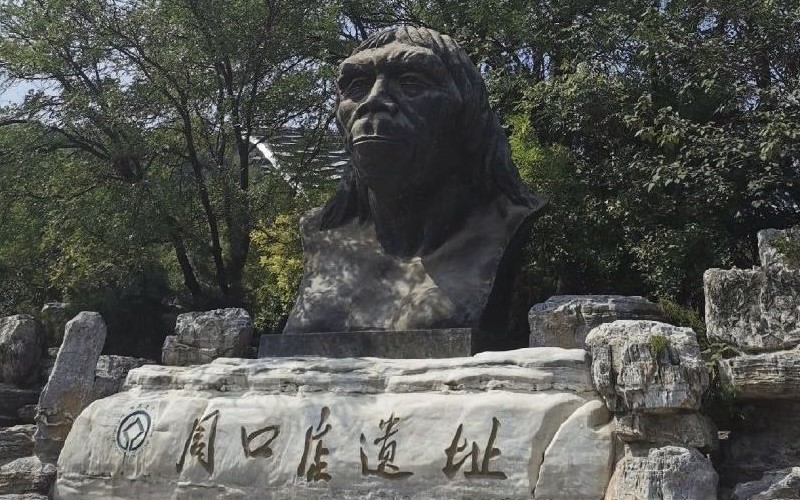Peking Man Site at Zhoukoudian was inscribed on the list of World Heritage by UNESCO in 1987. This site was firstly discovered in 1927, in a cave on Dragon Bone Hill at Zhoukoudian, 48 km southwest of Beijing. In 1929, skull fossils of Peking Man were discovered here to prove primitive man in this area for living and hunting, and the evidence excavated here became a milestone in the history of paleo-anthropology in the world. It is not very popular for travelers while travel to China.
There have been total of 6 skulls, 15 pieces of lower jawbones, 157 teeth and numerous other bone segments from the bodies of about 40 humans excavated, that are the best resource to analyze of the evolution of pre-historic biology and the development of pre-historic culture. According to the study of the fossils of Peking Cave Man, who lived d about 700, 000 to 200,000 years ago, they were much more evolved with similar modern human beings in appearance, with fairly well developed intelligence and superior physique to Peking Man. The average brain volume of these people was 1,088 ml (the average for modern people is 1,400 ml). And it is estimated that their average height reached 156 cm for males and 150 cm for females.
Peking Man was among the first human beings to learn how to use fire, and could hunt large animals. Their average life expectancy was short; it is estimated that 68.2% of them died by the age of 14, and only 4.5% lived up to 50 years.
As primitive men evolved from ape men to intelligent men, Peking Man learned how to make tools in the early Paleolithic period, marking them as humans, different from apes.
Open time:
8:30--16:30 (All year around)
Entrance fee:
CNY30.00 per ticket.







